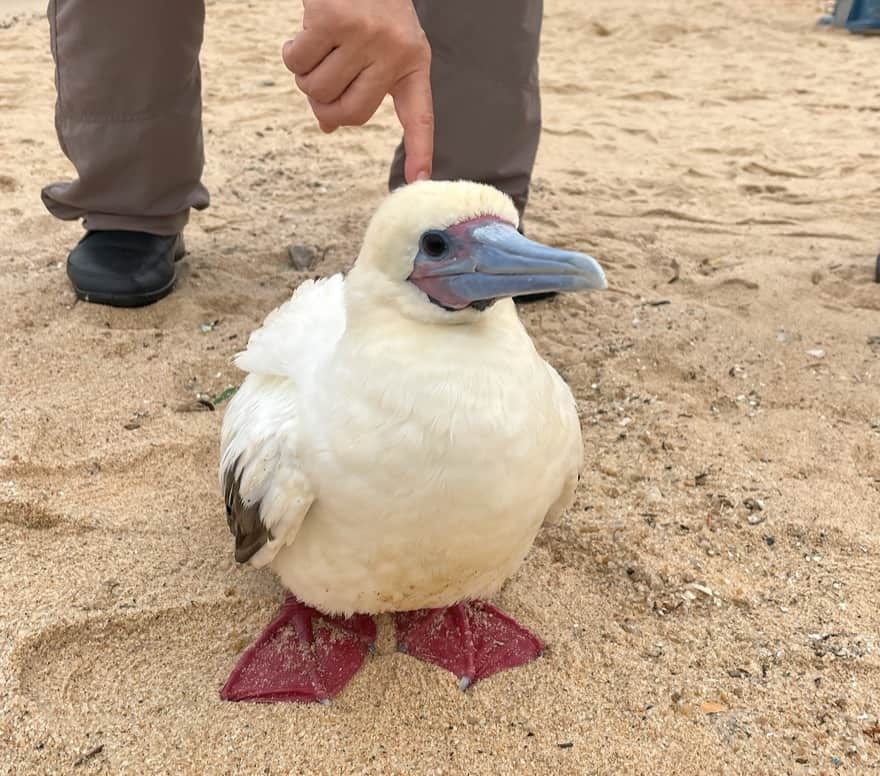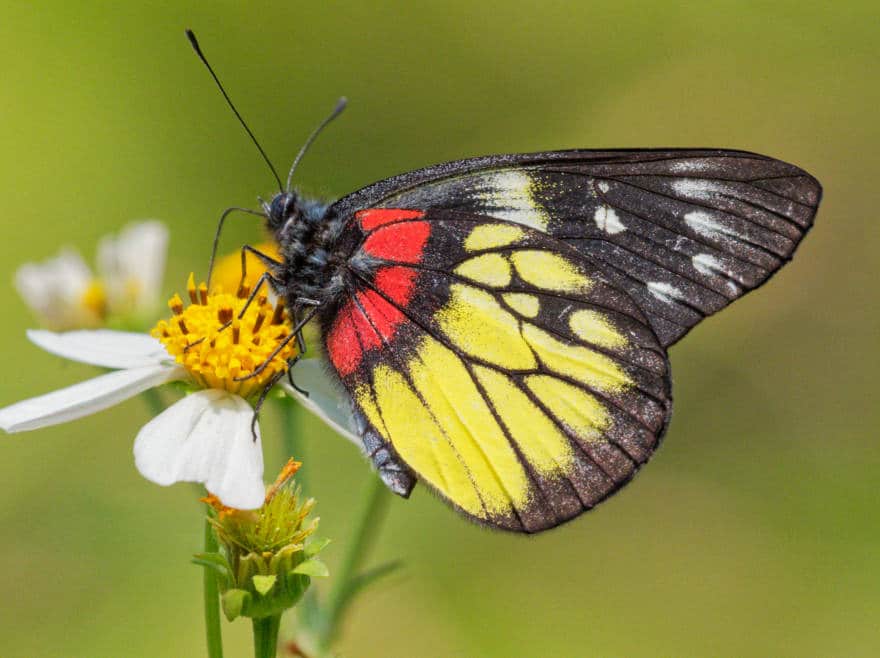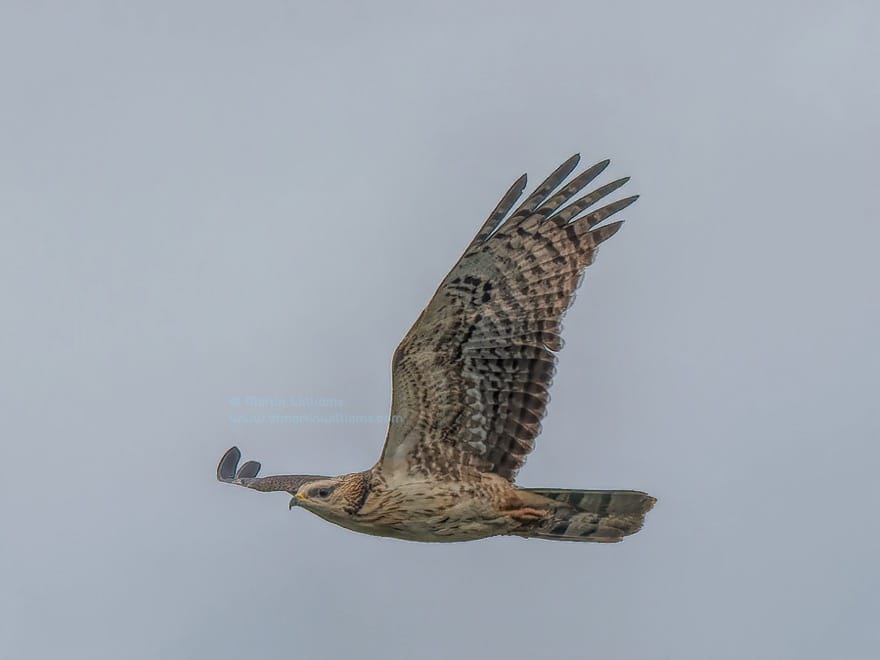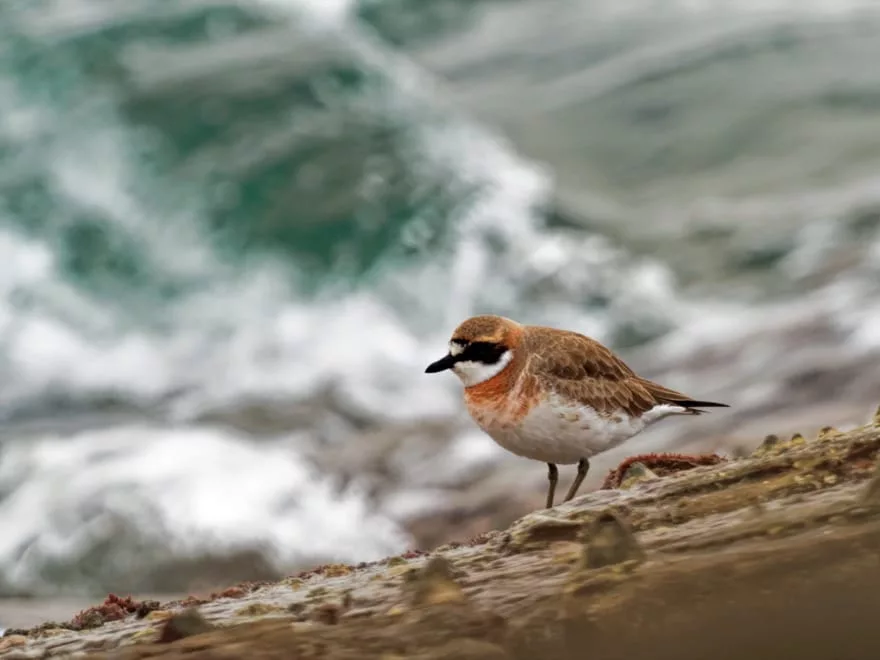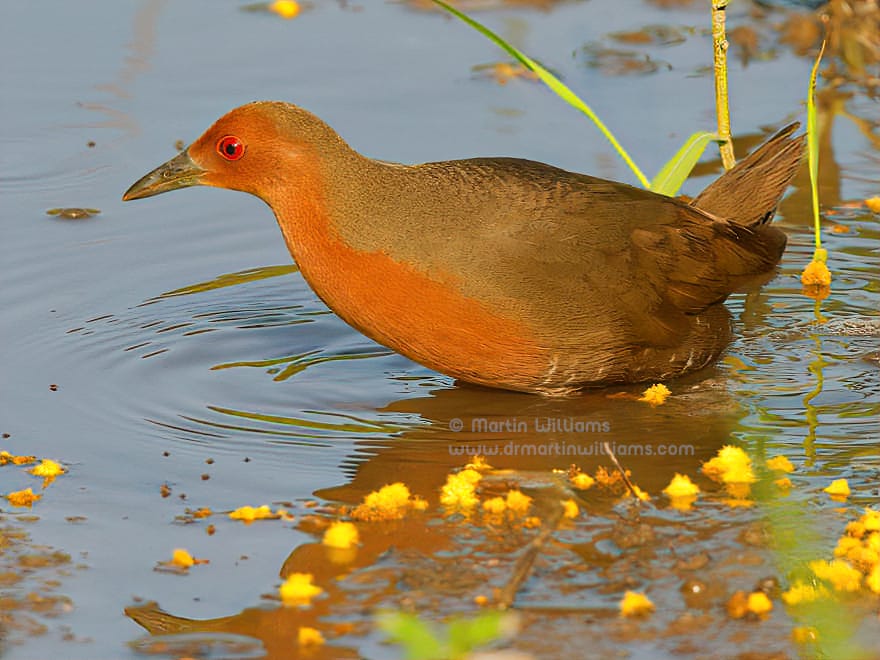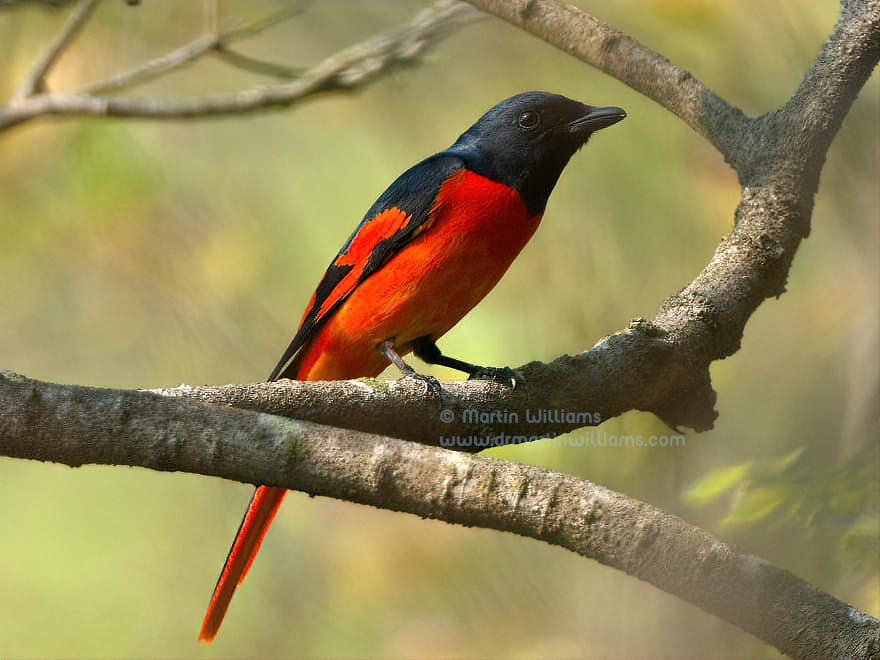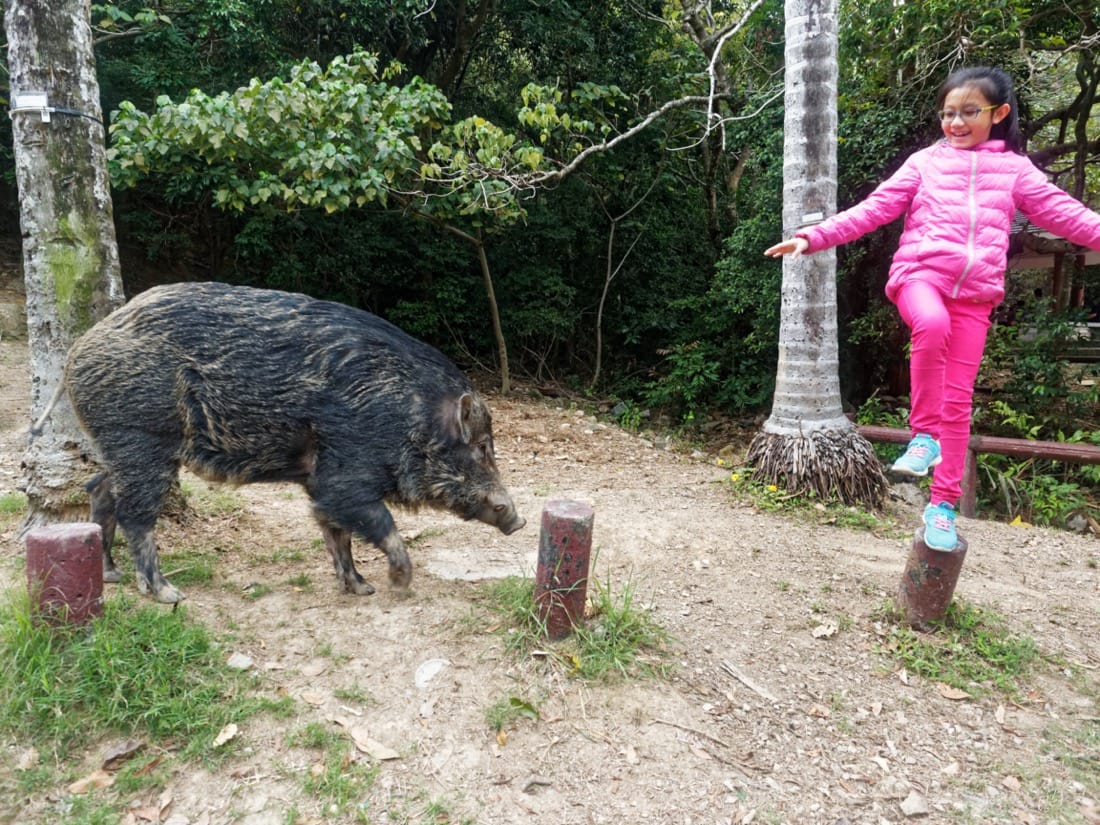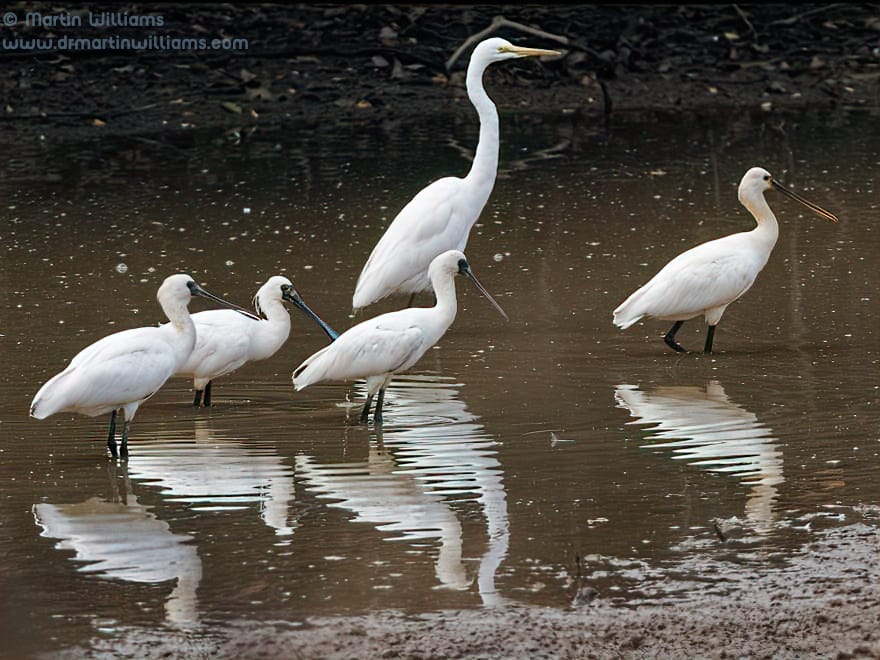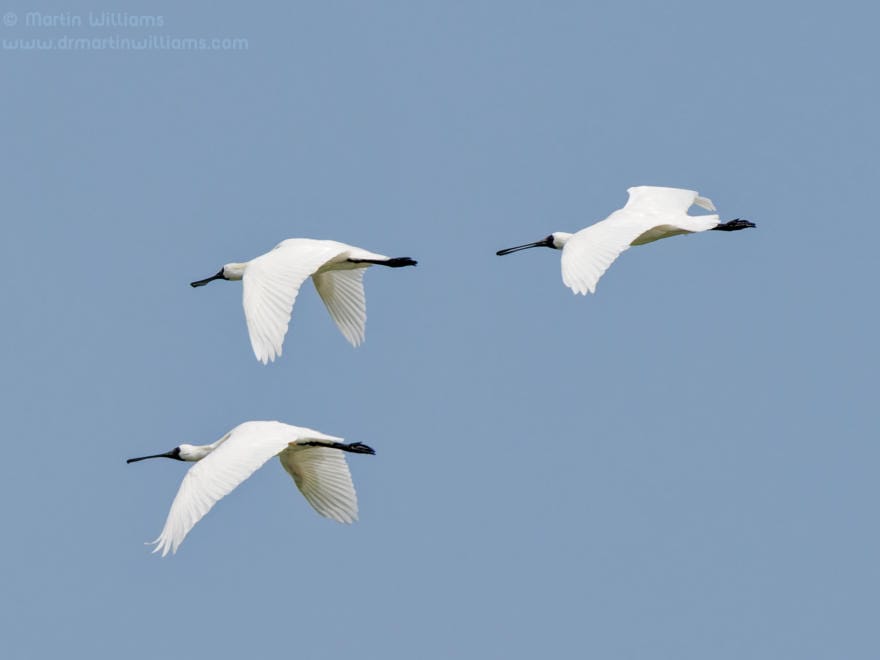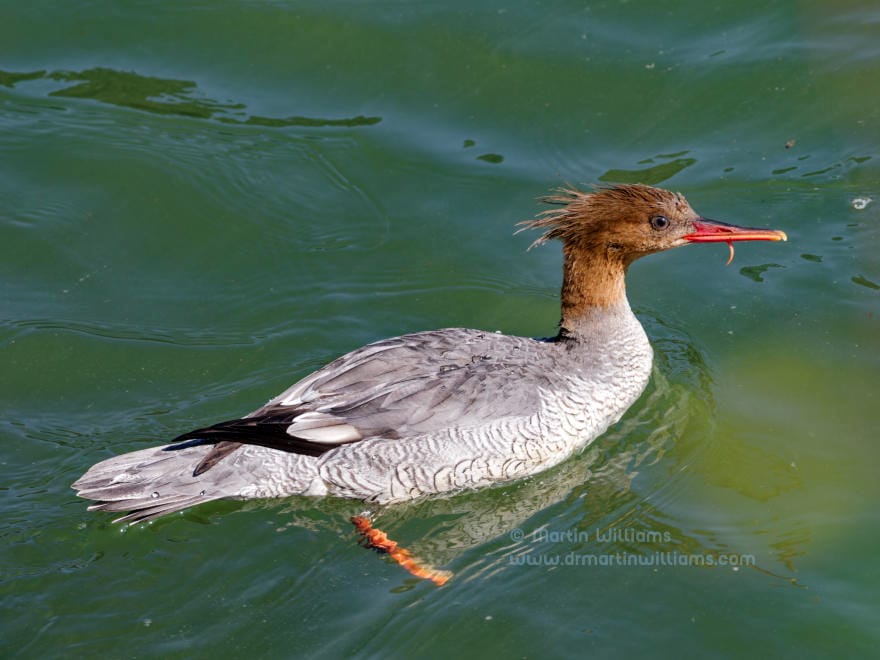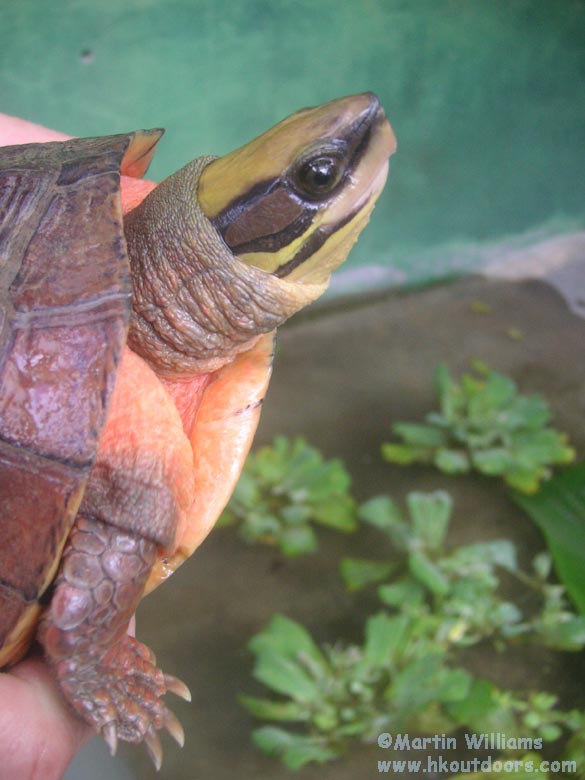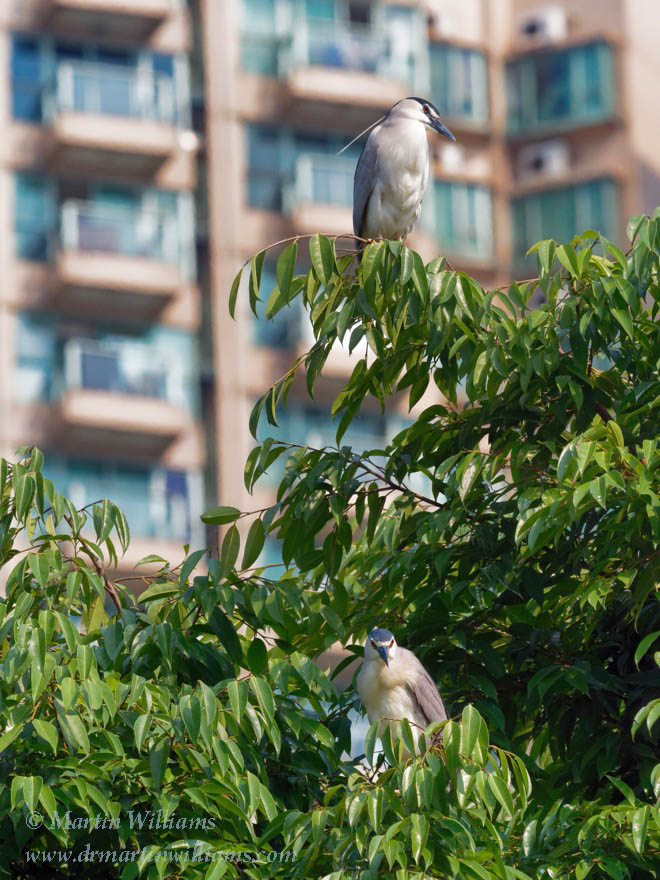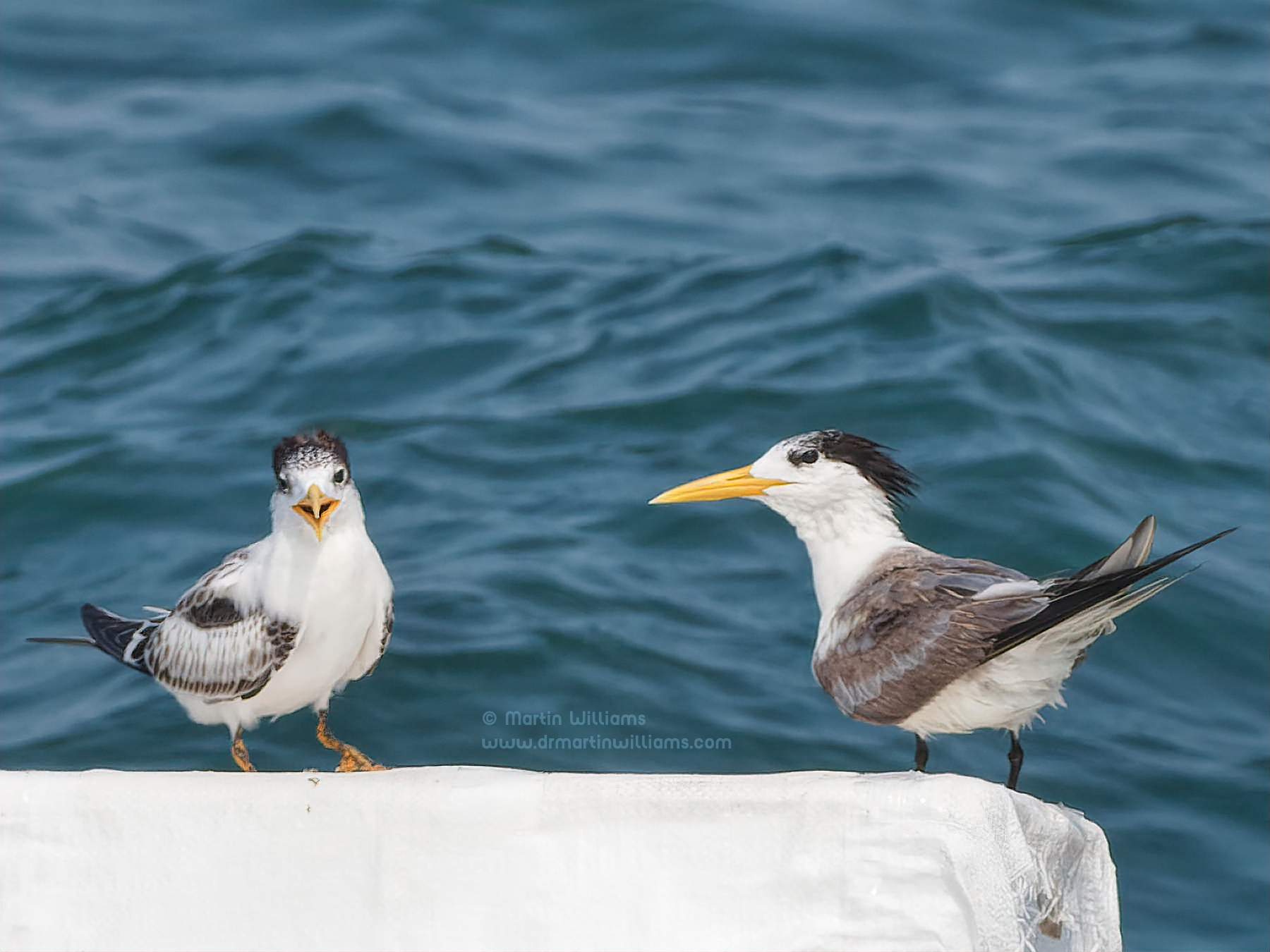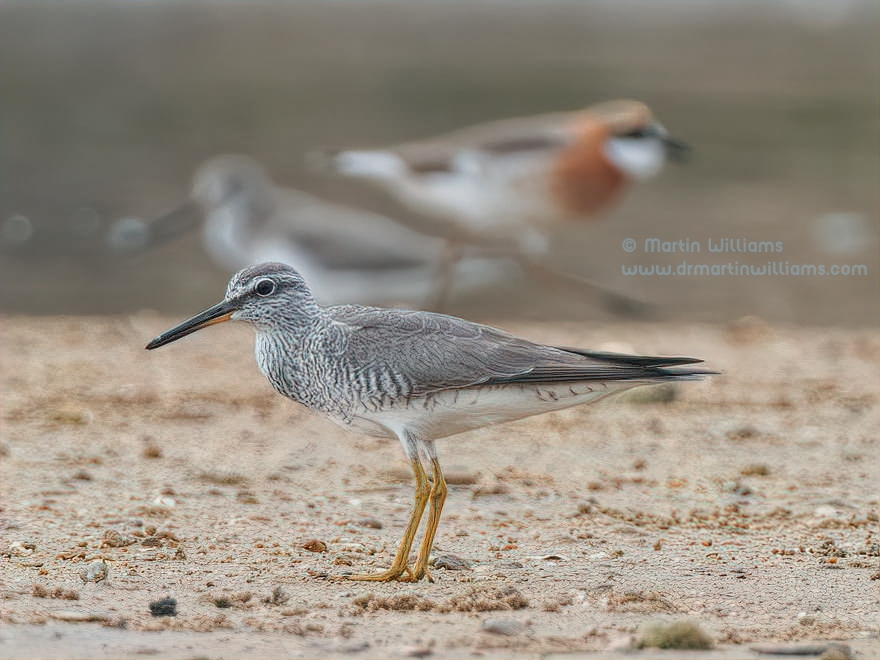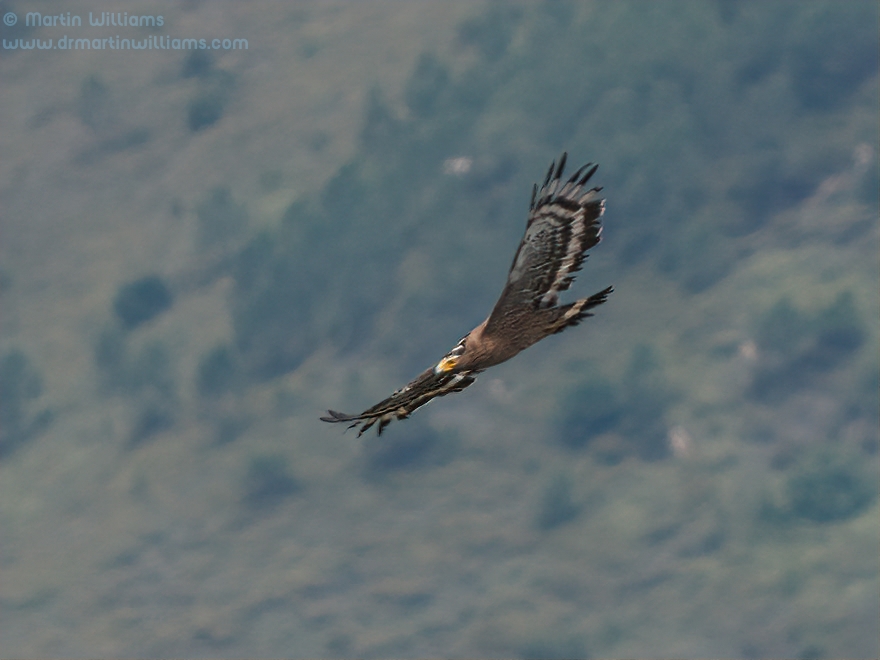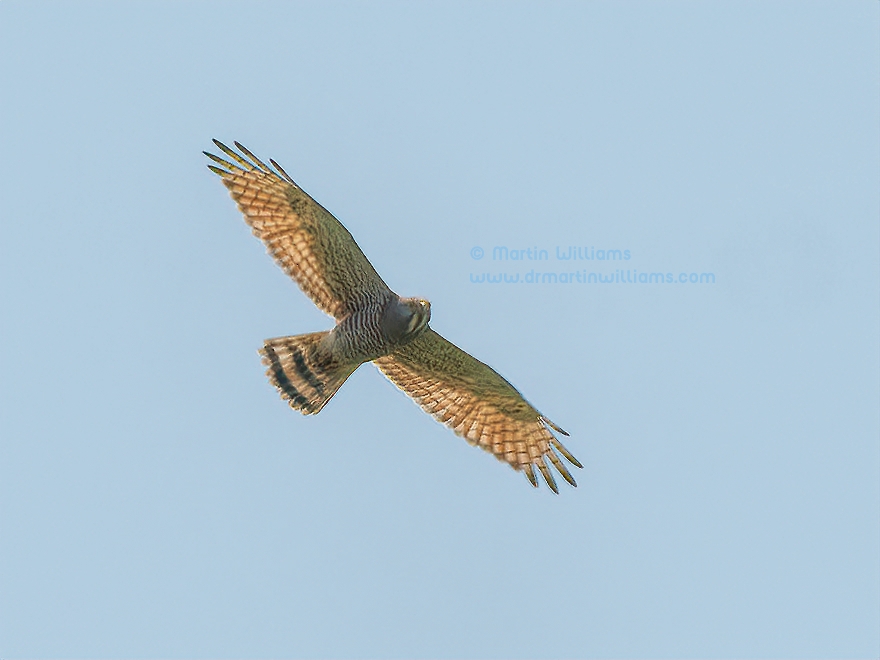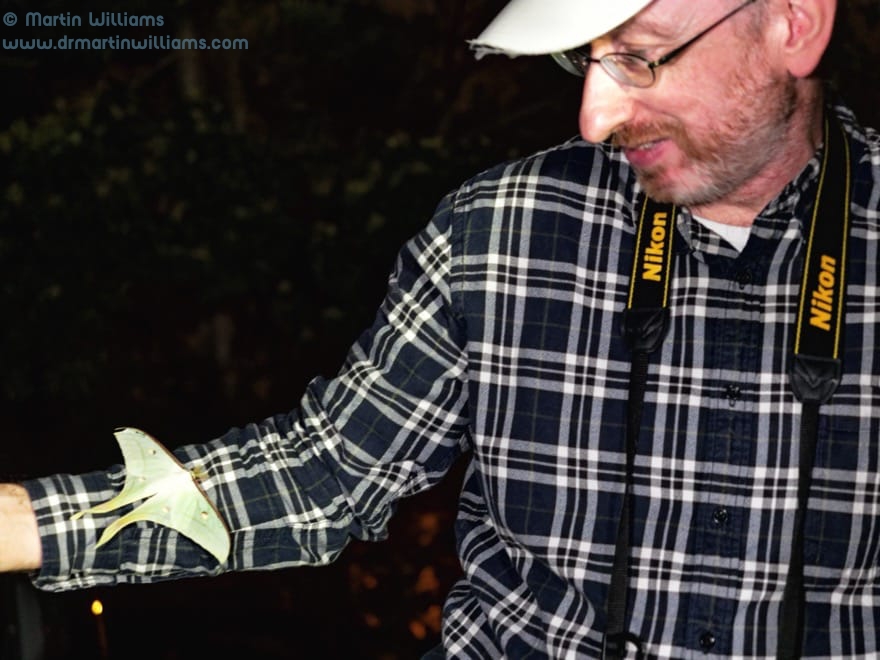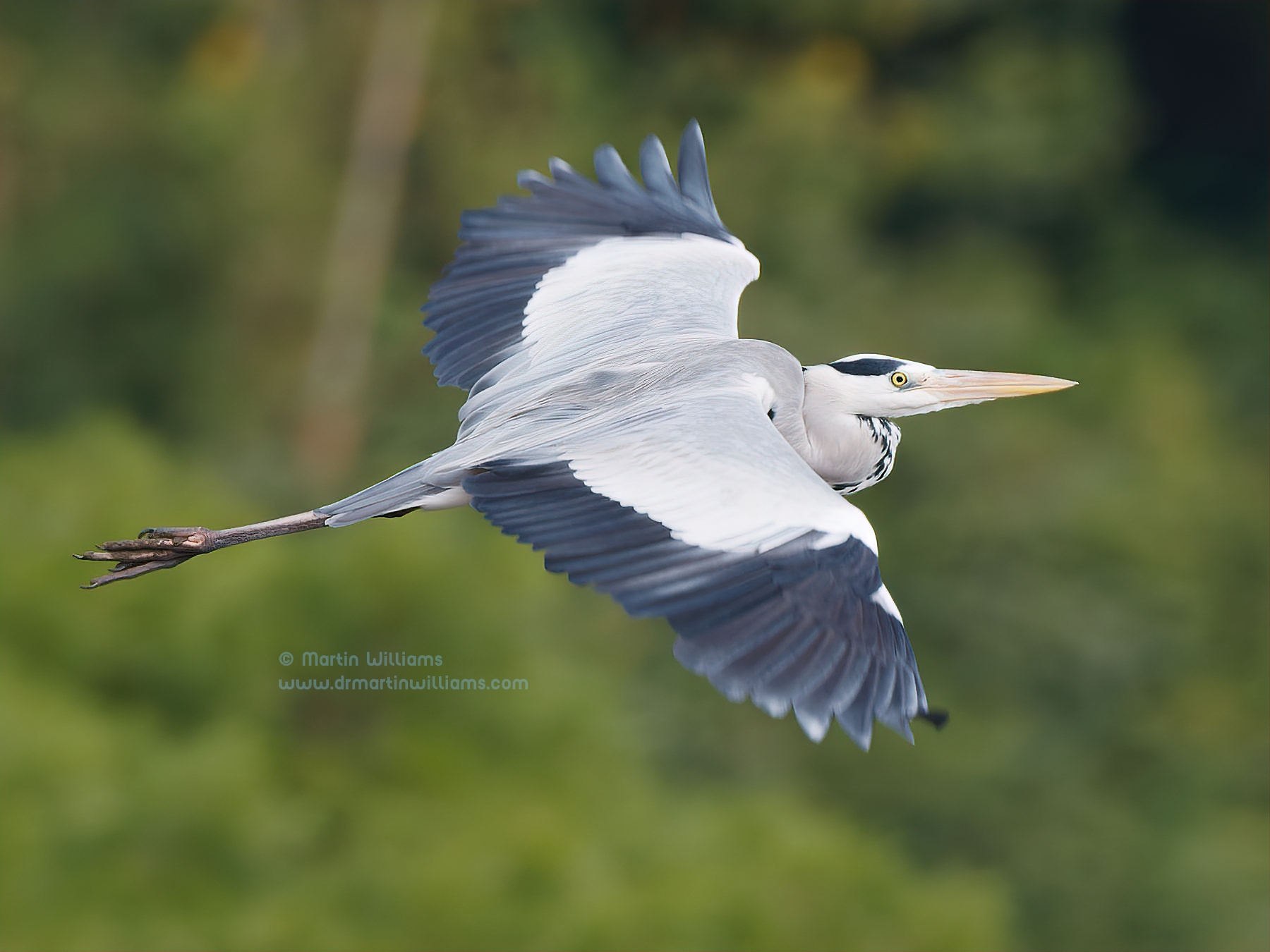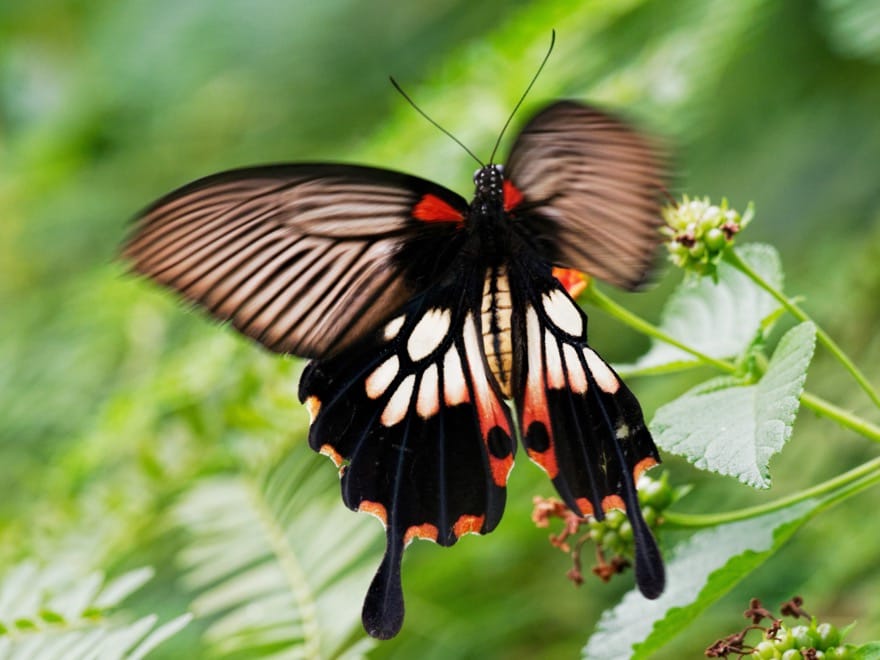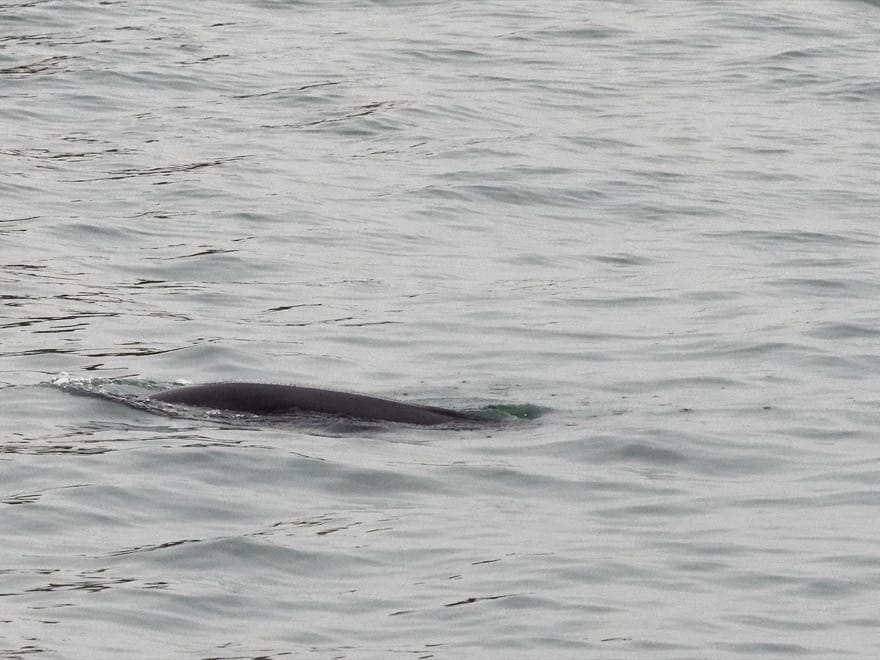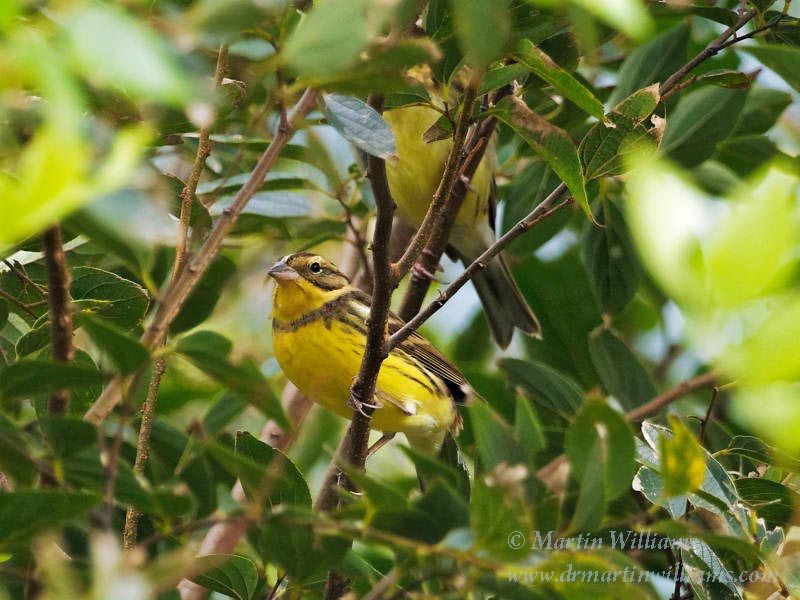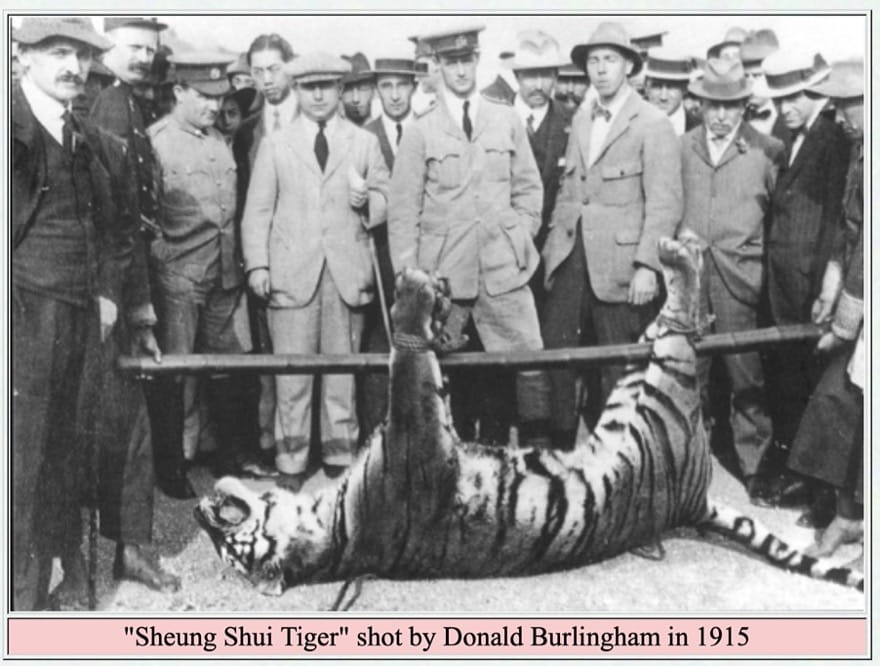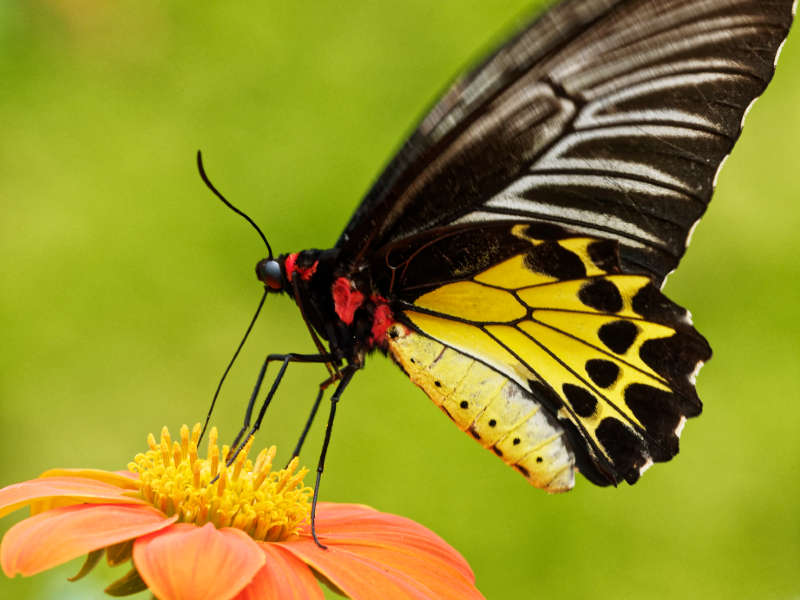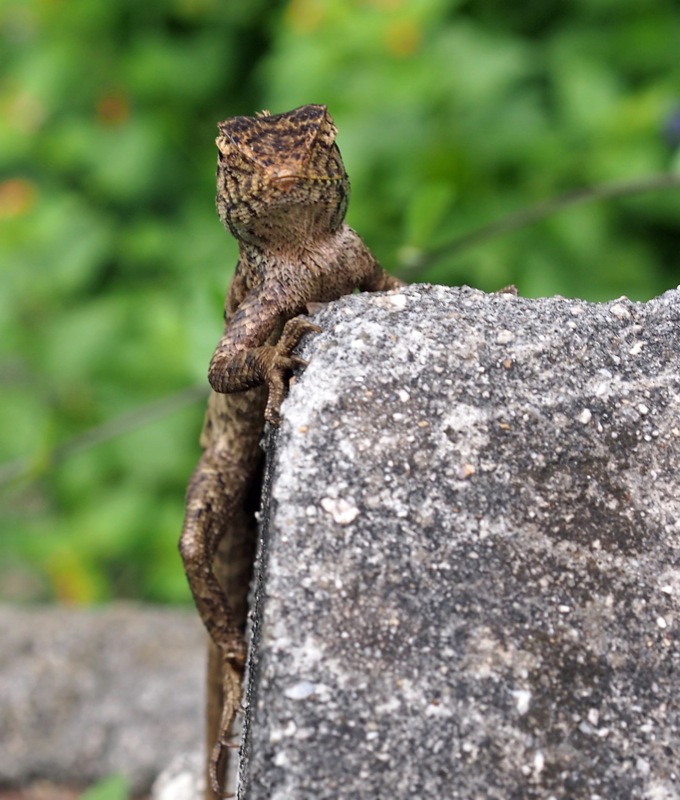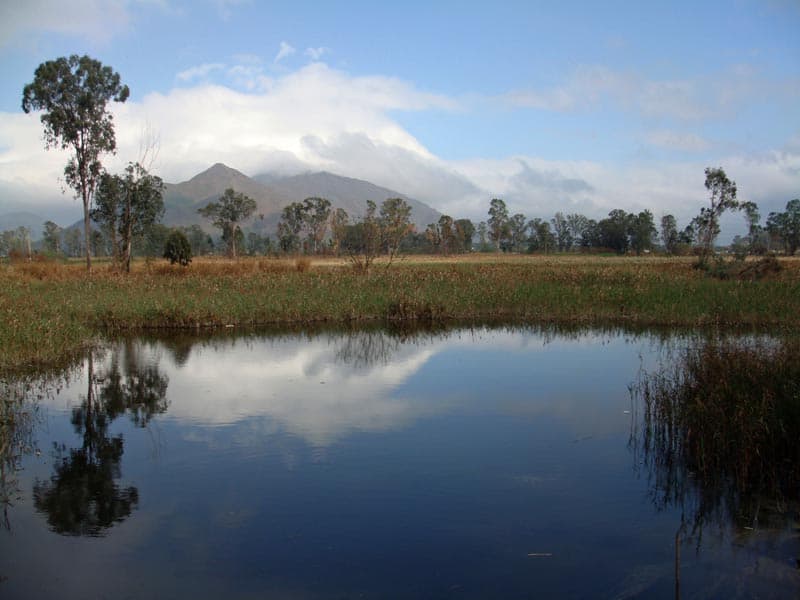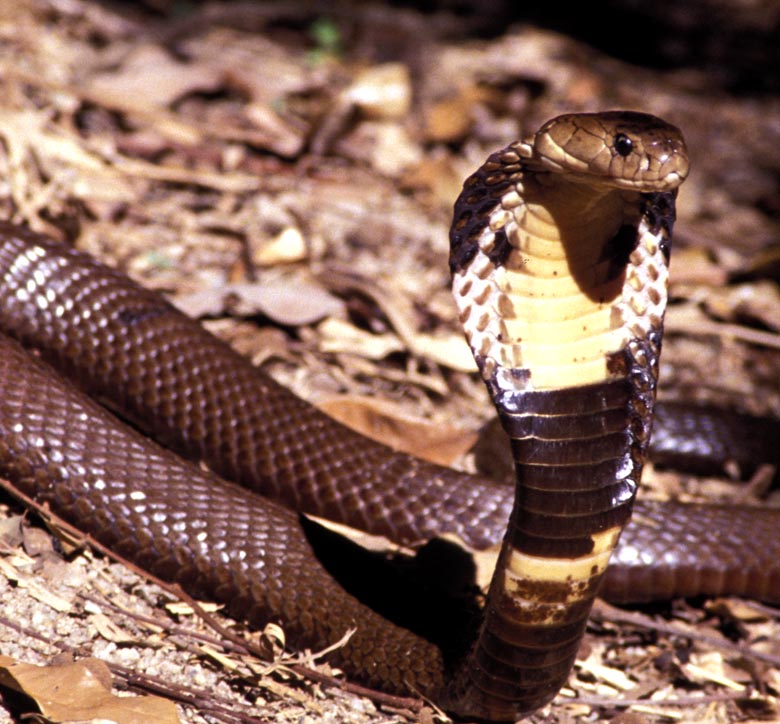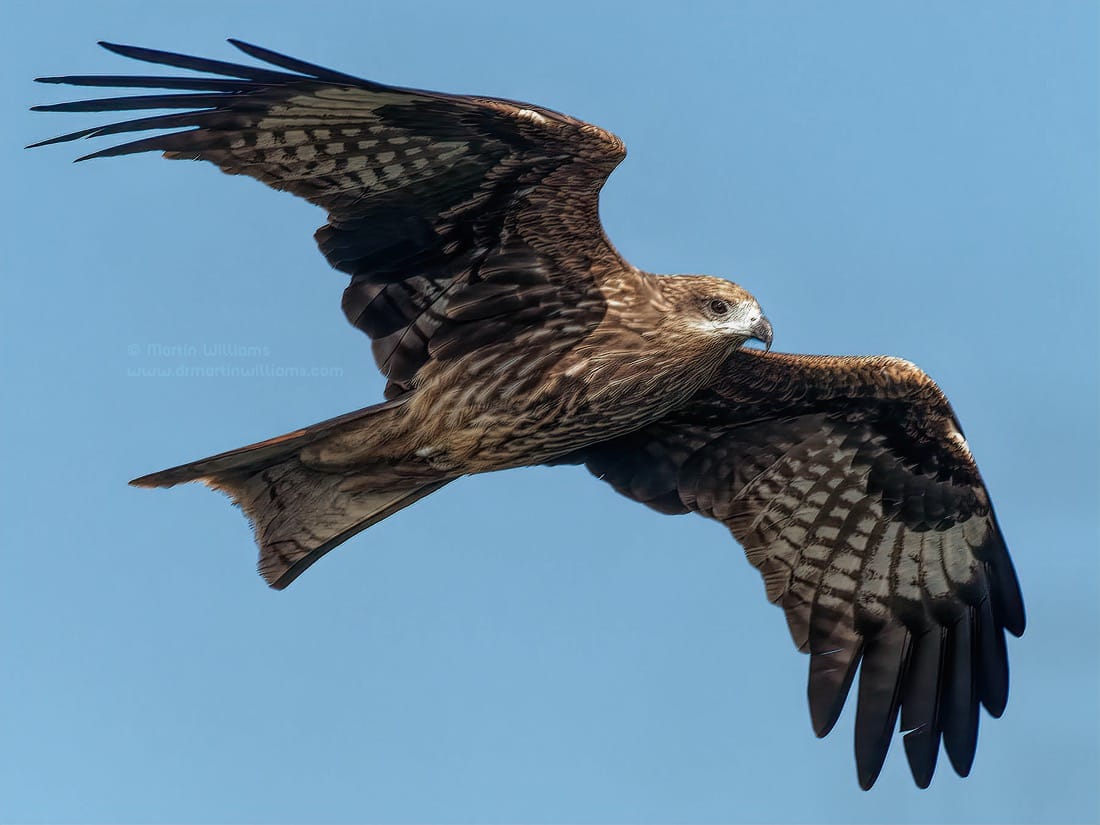On 31 December 2011, researchers trapping butterflies at Deep Water Bay on Hong Kong Island found a Chestnut Tiger with writing on its wings. Someone had used a fine marker pen to add numbers, letters and characters including a code: “YSK541”.
It was a thrilling capture – the team from Tai Po Environmental Association Fung Yuen Butterfly Reserve had caught hundreds of butterflies, and only this one bore such writing. Checking information from elsewhere, they found it had been marked in Osaka, Japan, on 10 October. In the 83 days since, it had flown an astonishing 2500km, the longest known journey of any butterfly species after North America’s Monarch.
Monarchs are well known migrants that have been extensively studied. Some breed as far north as Canada, from where adults born in summer fly to Mexico, joining congregations that may number millions of individuals. Early in spring, they leave for the southern United States, to breed and die. Successive generations are born over summer, with some moving north until members of the fourth or fifth generation reach Canada.
Do any of our local butterflies migrate in similar ways? No one knows, though there are several migratory species of tigers and crows, in the danaid family. The best information on Asian butterfly migrants is from Taiwan, where tens of thousands of purple crows travel to the south of the island for winter, and north again in spring. Some Chestnut Tigers marked in Taiwan have reached Japan in summer, and others marked in Japan have made the reverse journey in autumn.
It’s believed that relatively few Chestnut Tigers undertake such marathon flights, doing so only when monsoon winds are favourable. But there are annual gatherings of danaids in Hong Kong that indicate substantial seasonal movements.

One of these is the Common Tiger, a close ally of the Monarch. Like Monarch, its caterpillars feed on plants packing chemicals that are toxic to many creatures, and it too has brilliant orange wings marked with black lines and white spots, warning predators to keep off. Common Tigers begin gathering in October; in recent days I’ve seen tens of them at Pui O and Fan Lau on Lantau.
At both places, there are flowers with nectar the tigers feast on. Favoured plants include Crotalaria, with nectar featuring a chemical the males use to produce a pheromone for attracting females. But both are also like several of Hong Kong’s butterfly gathering sites as they are coastal: butterflies flying south or southwest in autumn might reach the sea, and then halt for days or weeks.

Later in the year, there may be mass congregations of crows – dark butterflies with white spots and blue flashes on their wings. In November, they feed on winter flowering trees. By December, when the largest assemblies form, most are focused on surviving the winter by clinging to trees sheltered from chill winds. A favoured place near Lai Chi Kok became known as Butterfly Valley, and visiting naturalists found “swarms” of these butterflies. The valley’s woodland has been largely destroyed, but there are still regular sites, with 40,000 butterflies counted at the best of them in the 2000-2001 winter.
Numbers have since plummeted: Green Power surveyors found just 576 wintering butterflies at the same site last December [though 10,000 or more were at the same site this autumn]. A combination of global warming and developments in nearby China could be to blame.
Many butterflies may die during the winter, particularly if temperatures plunge to 7˚C or below. Yet the gatherings disperse by late January. Do most butterflies depart to head further south, or start spring migrations into south and southeast China? Again, no one knows.

